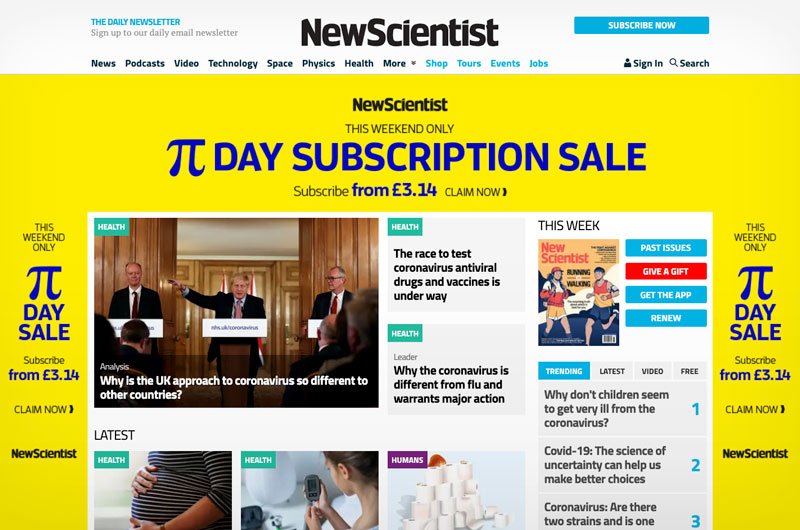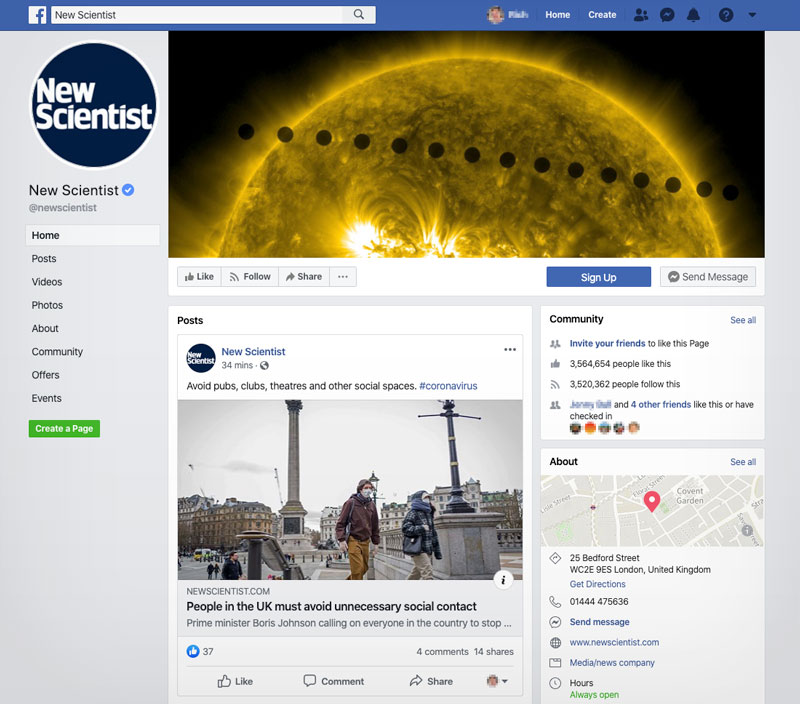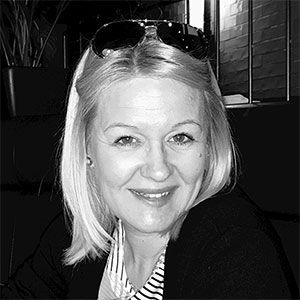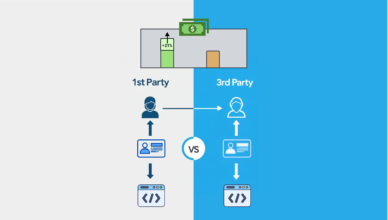With so much negative coverage of publishing, we at Bibblio are shining a spotlight on the many vertical publishers that are thriving. Welcome to the “Vertical Heroes” series of interviews.
As politicians, businesses and commentators vie to see how frequently they can say “unprecedented times”, the COVID-19 outbreak has encouraged people to seek out more academic perspectives. During the UK’s often venomous altercations over the Brexit referendum, one senior politician declared in a TV interview that the public had “had enough of experts”. Wishful thinking on the government’s part, perhaps, as it’s those experts to whom we’ve turned.
Fielding the important questions about this pandemic, and more, the New Scientist, is a stalwart in the science and technology world. Founded In the UK as a print magazine in 1956, it launched a digital edition in the pioneering days of 1996, covering tech, health, the environment, space, physics, the mind, and more. The online version features all the print content alongside a wealth of news, opinion and in-depth articles, as well as video and podcasts.
Jo Adams, their marketing director, spoke to Bibblio CEO Mads Holmen about subscription models, SEO visibility and their lab-like methodical processes for success.
Mads: hello Jo. Let’s jump in and find out who the new scientist’s target audience is.
Jo: Sure! We’re naturally targeted towards the scientific community, along with business decision-makers, purchasers and the general public. A third of readers are based in the US, followed by the UK, Australia and the rest of the world. They tend to be educated, older and affluent, but our offering isn’t exclusionary and appeals to all who have an interest in science and technology.
M: what different types of content do you offer?
J: We have written news, comment, analysis and in-depth reporting, as you’d expect, which runs across print, online and app. We have weekly podcasts as well as video, filmed mainly at our popular events series, such as the multi-award-winning science festival, New Scientist Live. Our events portfolio is quite extensive, with masterclasses, evening events and discovery tours also drawing the crowds. In addition, we help individuals through New Scientist Jobs, giving them an opportunity to connect and advance their careers across science, tech, engineering and medicine.
M: how large is the new scientist and your audience?
J: We’ve just under 100 staff members with a main office in London’s Covent Garden, and a small team in Boston and Sydney. We’re seeing 10.4m online page views each month, 6.4m unique users, mostly via desktop, spending averages of four minutes on-page. There are also 132k app users, 500k email newsletter subscribers and 400k job seekers on our careers platform.
M: you’re established but are continuing to grow impressively – what has been the secret sauce?
J: I believe it comes down to expert file management, data-driven insight and a test-and-learn mentality. We leverage them in single-minded service of three key objectives:
- driving volume, yield and revenue through optimising existing audience and channels;
- developing new audience segments; and
- fostering company-wide collaboration, to develop new products and campaigns across the business.
M: That’s a sound methodology. How do you prioritize developing these audience segments whilist engaging your existing users deeper?
J: With equal focus. We have a Head of Campaign Management and a Head of Customer Experience. One focuses on acquisition and the other retention, but they both work together, and with the wider business, on engagement, because engagement is equally important for both new and existing customers.

M: how are you retaining your audiences?
J: With excellent content; 50% of our resource is editorial, we invest in editorial content across multiple platforms to engage and delight our audiences.
M: what are the key audience metrics you define success by?
J: Along with the obvious: Subscriber volume, revenue, yield, retention rates, cost-per-acquisition, etc. we are also developing an engagement metric across tenure based on frequency, recency, volume and dwell. We also closely monitor first year churn.
M: define what seo means to you. Are we talking keywords, page speed, engagement?
J: All of the above, but also SEO is about discovery; it’s essential you’re on the first page of search engine results, as this is where you will be discovered. Last year we were in the Sistrix Top 100 SEO Winners list, reaching 16th with a 181% increase in search visibility.
M: what’s your social media strategy, and how important is it for you to be present on those platforms?

M: would you describe them as data-driven?
J: Absolutely! Data is the beating heart of our business. As I mentioned, the trio of expert file management, data-driven insight and a test-and-learn mentality works very well in reaching our three key objectives.
Content from our partners
M: could you shed a bit of light on your revenue model?
J: We are a subscription business with a hard paywall, but back issues prior to 1989 are free to read online. We also run advertising site-wide, with further revenues from our print editions, events and sponsorship.
M: what’s your fastest growing area?
J: Global subscriptions. There is a growing demand for trusted, authoritative content and we are seeing this through our international growth. We posted a 3.29% increase in print circulation (measured by ABC), which was the first increase in some 12 years.
M: why do you think your model has been successful?
J: We use the data to guide our decision making, and our mantra is “test and learn”. This focuses us on delivering what our customers want, not what we think they want.
M. From your own journey, what do you think other vertical publishers could learn?
J: Let the data guide you. Put data at the heart of your business and learn to ask the right questions, and the rest will follow.













